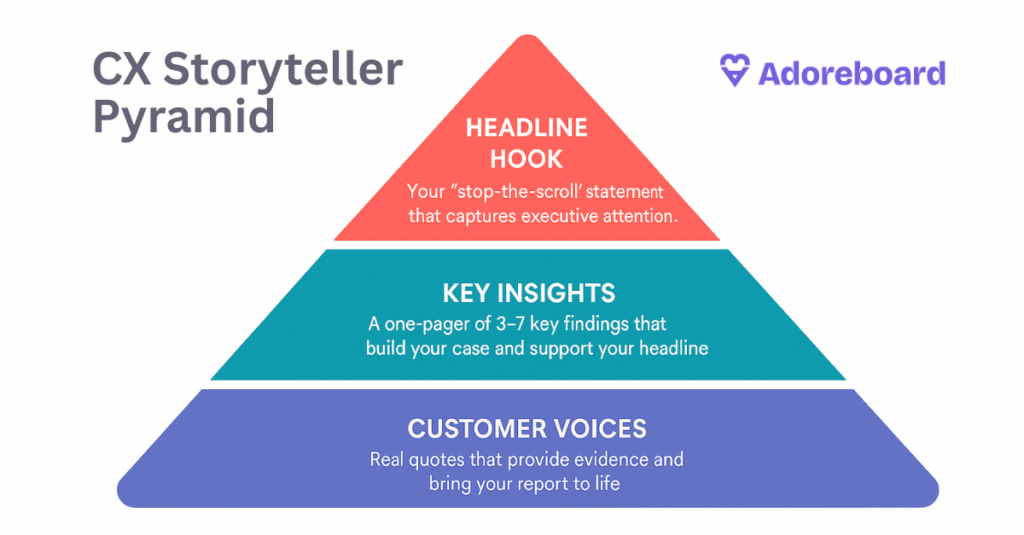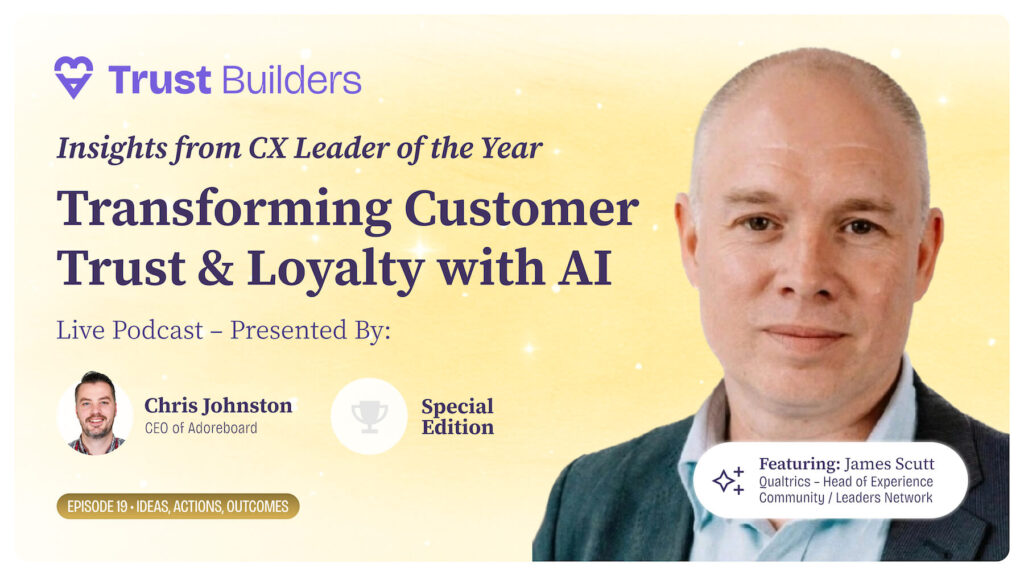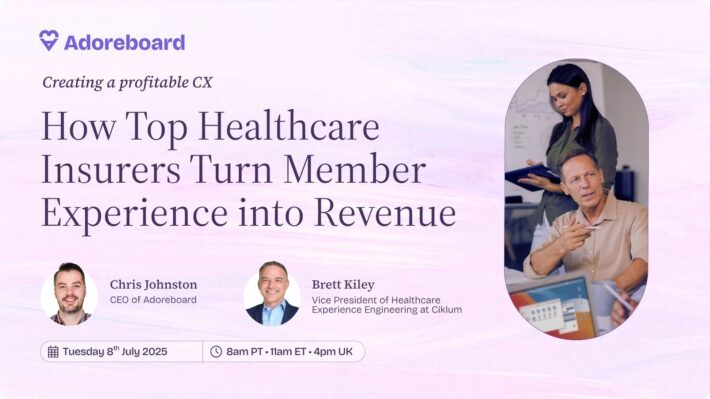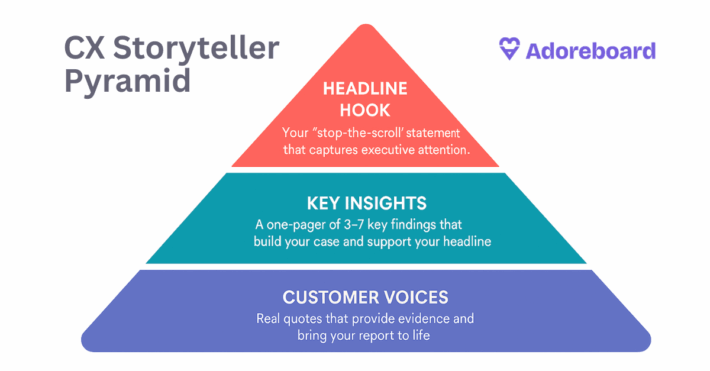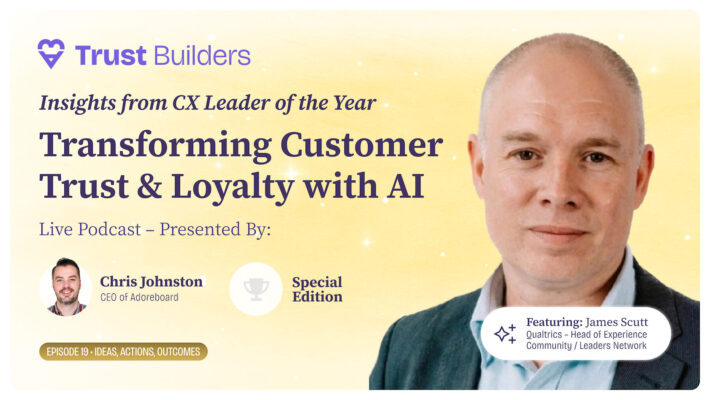Mind the Gap:
Did you know that 80% of CEOs think they provide exceptional customer experience? BUT only 8% of customers when asked the same question say they have received exceptional customer experience. This ‘Experience Gap’ as Qualtrics founder Ryan Smith aptly phrased is more than just a misalignment between what the brand says it does & what the reality is for the customer. For me, it creates an ‘Emotional Customer Deficit’ that brands find hard to recover from. The experience is the output. The emotion of how to make the customer feel is the outcome.
This ‘Experience Gap’ as Qualtrics founder Ryan Smith aptly phrased is more than just a misalignment between what the brand says it does & what the reality is for the customer. For me, it creates an ‘Emotional Customer Deficit’ that brands find hard to recover from. The experience is the output. The emotion of how to make the customer feel is the outcome.
Why? 80% of customers make purchase decisions based on emotion.
Emotions constitute powerful and predictable drivers of decision making. And consumers ‘experiences’ are remembered purely in the fact that memories are encoded with the emotion that we felt at the time of the event. Hence the ability for people to provide the most detailed accounts of experiences fused with joy or anger. So think of the experience gap as an emotional bank your customer holds that you can either deposit or withdraw. What experiences can you create that will add to your customers’ memory bank?
I wrote previously here how my own company Adoreboard was able to evidence the link between emotions like disgust being expressed on customer experience issues has a correlation to shareholder value.
Close the Gap:
Stephen Bender from the Disney Institute provided a practical framework ‘Chain of Excellence’ for closing the gap. The clue is in the word chain. To close the gap you need to link the brand promise or the common purpose to the outcome of loyalty. Starting with the WHY is important and Stephen did a great job defining this and providing examples as captured below:
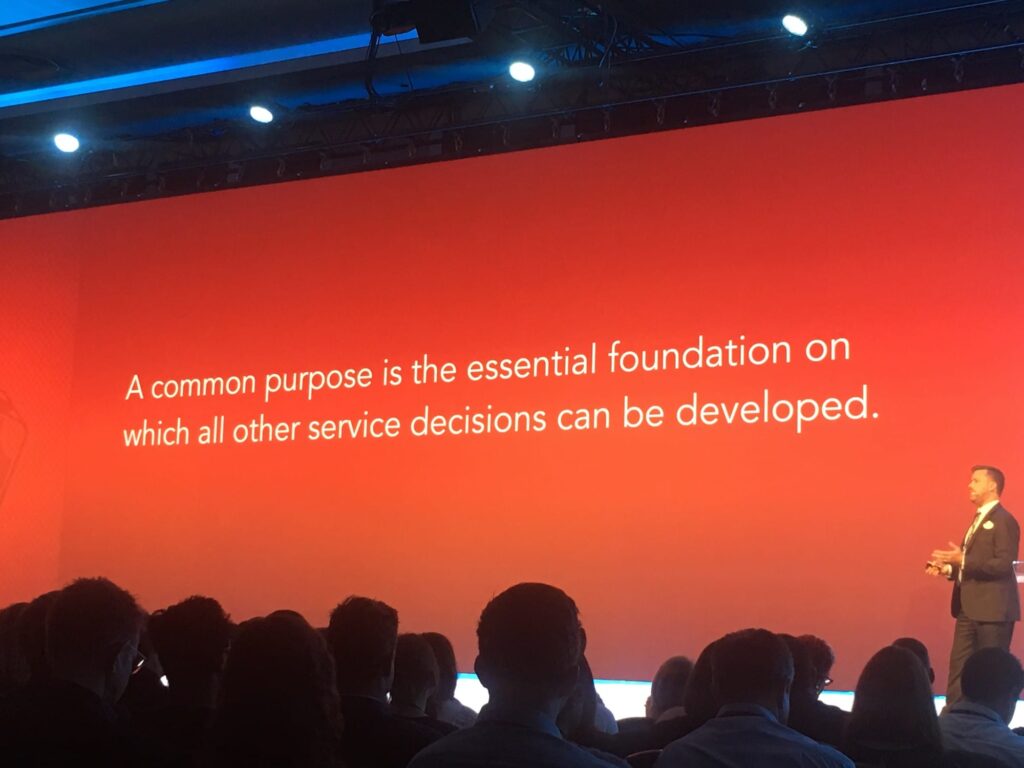
Disney operationalise the WHY through three steps
1. Leadership excellence
2. Employee engagement
3. Quality service.
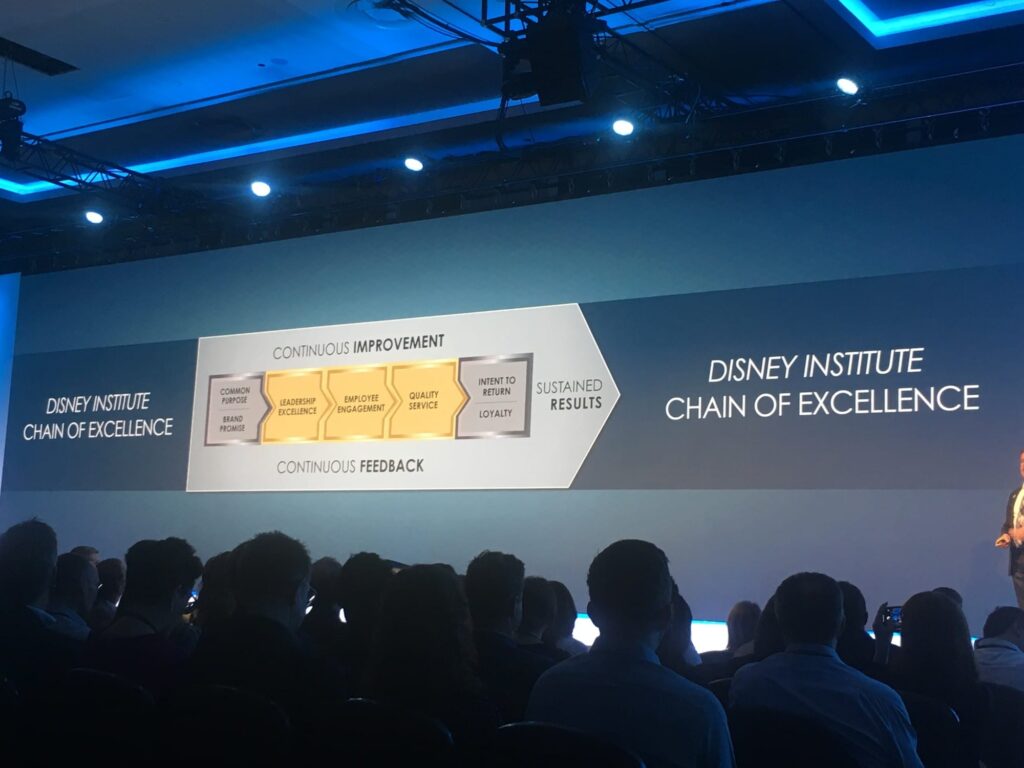
Take quality service for example. Systems process the boring stuff all support this and applied to all things like litter at Disney. They worked out there are two reasons people litter – either not enough bins or bins being full. Solution: they measured that people will take 25 steps before throwing rubbish on the ground. Full bins, no problem. Use sensors to detect when they’re three-quarters full and need emptying which triggers an alert to nearby staff on their iPhone to empty.
In summary, Stephen sums up Customer Experience with a great slide as to how to achieve excellence – marginal gains.

Brands as Dream Catchers:
So this was an unexpected revelation for me. The concept of the dream team is something I came across before at the Forrester CX summit in NYC. The idea is that you submit a request to Qualtrics and they try to fulfil a ‘dream’. That’s great & everyone attending will have experienced this. What I didn’t appreciate was the impact of this on individuals & how this meaning should translate for all brands.
Here’s why: I got the chance to catch up with someone from the Dream team after the event. Here’s what I learnt, that the most powerful ‘dreams’ translated to stories. And stories translate to memories, retold long after the event. In the examples that I heard they had nothing to do with ‘Qualtrics’ products but everything to do with helping someone solve a problem or achieve something special. In people sharing their personal ‘dreams’ or ‘problems’, they were trusting someone to be part of this. This trusted advisor status is something that most people associate with the service industry. For me, the best CX brands are the most trusted brands. In the economy of experiences, it’s not always the best experience that wins, it’s the brands that customers entrust to create an experience that they know will create unforgettable memories.
Just like Disney.

